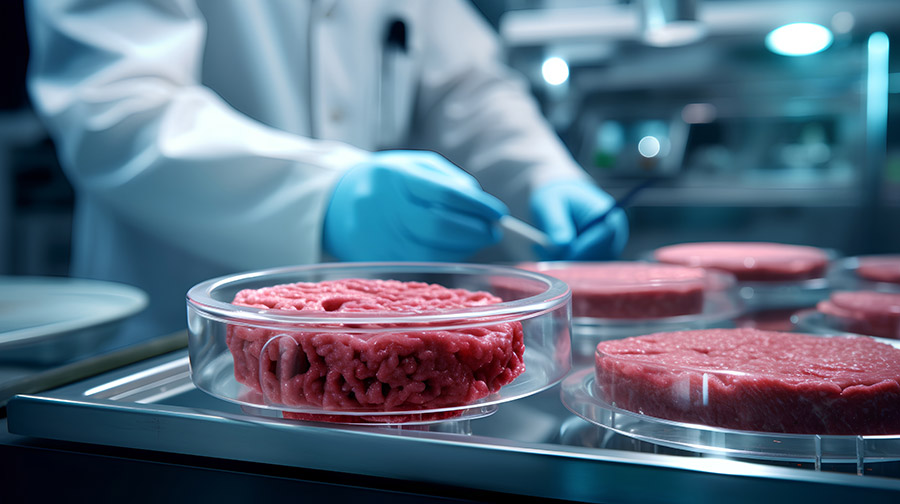Opinion: ‘Fake meat’ has no sausage or sizzle
 © TensorSpark/Adobe Stock
© TensorSpark/Adobe Stock My amateur rugby career was short, painful and, apart from the club shorts I pinched, I didn’t come away with much.
One lesson that did lodge in my brain, however, was the concept of not worrying about what the other team are going to do. Get the basics right and focus on your own team’s strengths.
Agriculture is far too guilty of looking at the opposition getting off the bus and bricking it. Thinking that they look bigger, stronger and better financed than us.
See also: Opinion – TV is the perfect platform for Young Farmers
It’s a loser’s mentality and sends you into the match in totally the wrong head space.
Team “Fake Meat” – they’re looking good in their new kits, I’ll give them that. Someone’s spent a bit a cash dressing them up. But in terms of how the crowd will enjoy them, I’m not sure yet.
(If you want a laugh look at Beyond Meat’s sales figures – they fell by almost one-third in the quarter to 1 July.)
There are, of course, pundits who laud fake meat, spouting stats and making predictions on future performance in the big leagues. But when you look at them in the eye you can see exactly what they are.
Fake meat is based on the idea of marketing cheap, ultra-processed food as an “enviro-friendly” alternative to real meat.
It doesn’t have the same nutritional value as real meat and it supports a small group of wealthy investors rather than families, small businesses and the rural economy.
Real meat has the hard-working backstory. One that, despite what social media may be telling you, a huge majority of people in this country love and appreciate.
Much advertising for real meat uses the real imagery of our product’s journey – green fields and stock outside enjoying the sun with welfare logos blazing. These images sell.
Why do supermarkets use the twee made-up farm names on their meat products? Because consumers associate these fairytale farms with lush, green countryside and trustworthy farming families.
It’s a marketing ploy that works. What production story can fake meat give you? A grey factory with seagulls on the roof? Palm oil plantations evicting orangutans?
Its fan base can be a rude, noisy bunch, too. But if they came into a clubhouse I don’t think they’d be so yappy. Their main selling point is the supposed lower carbon footprint.
We are at the stage where marketers just cherrypick data and ignore other stats to print whatever carbon figures suit the spiel they’re selling.
How much carbon does a factory sequester? How many species do they support? What are they adding to the natural heritage of the countryside?
Farming is catching up with this must-have metric and it’s a work in progress collating the data and finding an auditing system that can truly calculate the complexities of carbon sequestration.
But we’ve got the sausage and the sizzle and it’s by selling the latter that we will be able to really elevate our game above lab-grown meat.
You have to show your opponent respect, however. Fake meat will be on the fixture sheet for a while and will put up a fight. But we know our team’s qualities.
A bit of self-belief and we’ll have team Fake Meat pinned in their own 22 for most of the game.

